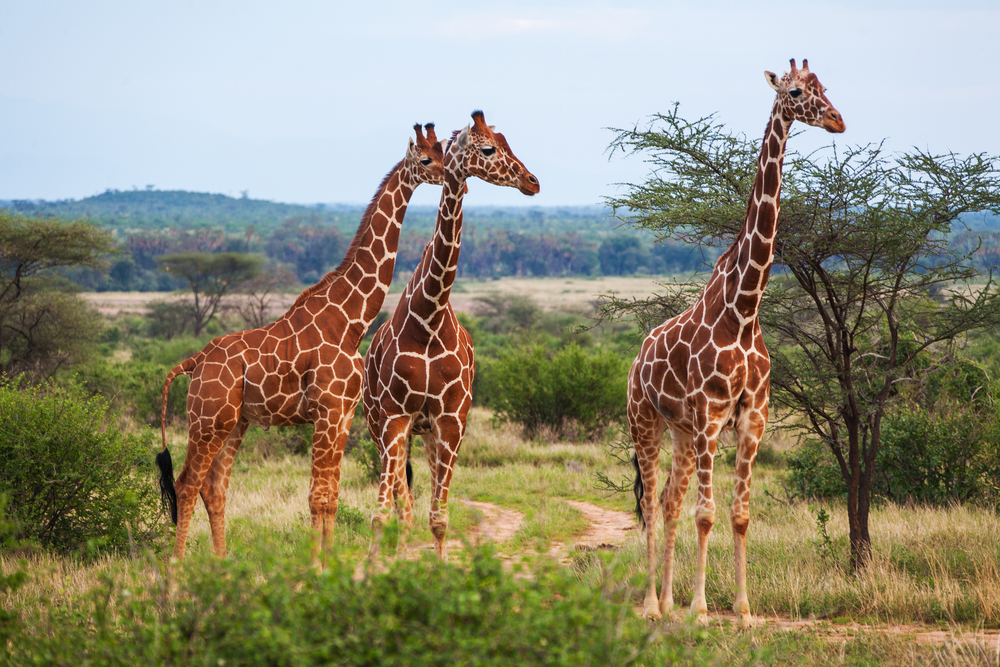Goz Beida Overview
Goz Beida National Park, locally referred to as Parc National de Goz Beida, is a striking natural sanctuary situated in the eastern region of Chad. Encompassing a diverse array of ecosystems over an area of approximately 3,000 square kilometers (1,158 square miles), the park is renowned for its scenic landscapes, rich biodiversity, and cultural significance. Nestled within the Sahelian savannah, Goz Beida is a vital refuge for wildlife and an emerging destination for eco-tourism and conservation efforts in the region.
The park’s terrain is characterized by a captivating combination of open grasslands, rocky outcrops, and seasonal wetlands. These features, shaped by the seasonal flow of the Batha River, create dynamic habitats that support a wide range of flora and fauna. The undulating grasslands, dotted with resilient acacias and baobabs, are particularly stunning during the rainy season when the park bursts into life with vibrant vegetation and wildlife activity.
Goz Beida National Park is home to an array of iconic African species. West African giraffes roam the savannahs, their towering presence a symbol of the park’s ecological significance. Elephants frequent the riverbanks and wooded areas, while herds of buffaloes, kobs, and waterbucks graze the grasslands. Predators such as lions and spotted hyenas add to the park’s ecological balance, with caracals and wildcats representing smaller carnivores. The park also shelters critically endangered species like the addax antelope, underscoring its importance in regional conservation.
Avian life in Goz Beida is equally impressive, with over 200 recorded species. Wetlands and riverine areas attract yellow-billed storks, marabou storks, and various herons, while open areas are frequented by the majestic Kori bustard. Raptors such as lanner falcons and African hawk-eagles soar over the park, making it a prime birdwatching destination. Seasonal migrations bring additional bird species, enriching the park’s avian diversity.
The park’s vegetation is well-adapted to the Sahelian climate, with hardy species like acacias, desert date trees, and drought-resistant grasses dominating the landscape. During the rainy season, ephemeral water bodies form, creating temporary habitats for aquatic species and drawing wildlife from across the region. These seasonal dynamics contribute to the park’s ecological resilience and visual appeal.
Conservation efforts in Goz Beida focus on mitigating the effects of climate change, protecting endangered species, and involving local communities in sustainable resource management. Anti-poaching patrols, habitat restoration initiatives, and educational programs are key components of the park’s conservation strategy. Collaborative efforts with international organizations further strengthen the protection of this unique ecosystem.
Visitors to Goz Beida National Park can enjoy guided safaris, birdwatching excursions, and cultural interactions with the indigenous communities who have long coexisted with the park’s wildlife. The remote and tranquil setting offers an immersive experience in one of Chad’s most captivating natural areas.
In summary, Goz Beida National Park is a testament to the resilience and beauty of the Sahelian savannah. Its diverse landscapes, abundant wildlife, and dedicated conservation initiatives highlight its significance as a vital ecological and cultural haven.











































































